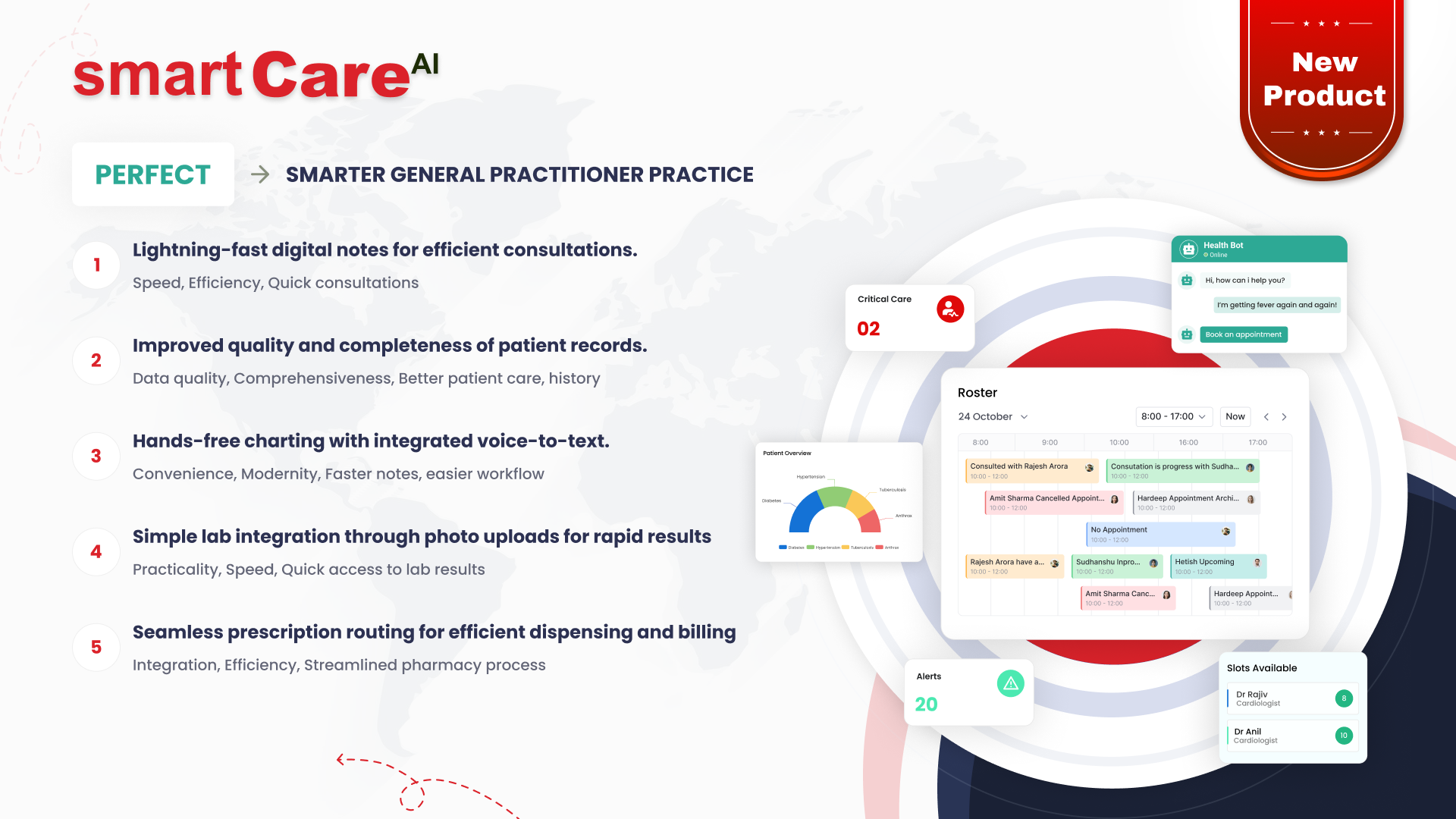React Native vs Flutter: Best Cross-Platform Framework for Healthcare Apps
When it comes to building healthcare apps, choosing the right technology is crucial. Cross-platform frameworks like React Native and Flutter have become popular options for developers aiming to deliver high-quality apps across multiple devices efficiently. In this article, we’ll explore both frameworks to help you decide which is best suited for healthcare app development.
Understanding Cross-Platform Development in Healthcare Apps
Cross-platform development allows developers to write a single codebase that runs on both iOS and Android. This approach significantly reduces development time and costs, which is especially beneficial in the healthcare sector where budgets and deadlines can be tight. For healthcare apps, cross-platform frameworks must also ensure smooth performance, data security, and compliance with regulations like HIPAA or Australian privacy laws.
Why Choose a Cross-Platform Framework for Healthcare Solutions?
Healthcare apps often need to handle sensitive patient information, offer real-time updates, and provide seamless user experiences across various devices. Cross-platform frameworks like React Native and Flutter enable faster updates and easier maintenance compared to building separate native apps for iOS and Android. This means quicker deployment of vital features such as appointment scheduling, telemedicine, or health tracking.
An Overview of React Native: Pros and Cons for Healthcare
React Native, developed by Facebook, uses JavaScript and allows for a near-native experience on both platforms. One of its strengths is its vast community and the availability of numerous third-party libraries. This can be handy when integrating healthcare-specific features such as biometric authentication or electronic health record (EHR) access.
However, React Native’s reliance on native components may sometimes cause inconsistencies in app performance or UI behaviour, which can be critical in healthcare apps where precision matters.
Exploring Flutter: Strengths and Challenges in Medical Apps
Flutter, Google’s UI toolkit, uses the Dart programming language and offers a highly customisable and consistent user interface across platforms. Its “hot reload” feature allows developers to see changes instantly, speeding up the development process — a key advantage when rapid iterations are needed.
Flutter’s built-in widgets help create smooth animations and user-friendly interfaces, which is important for patient engagement. On the downside, Flutter has a smaller community than React Native, and some native integrations in healthcare apps may require extra effort or custom development.
Performance Comparison: React Native vs Flutter in Healthcare
When it comes to performance, Flutter generally has an edge due to its direct compilation to native code, offering faster rendering and smoother animations. React Native, while performant, depends on a JavaScript bridge to communicate with native modules, which can introduce slight delays.
For healthcare apps where real-time data processing and responsive interfaces are critical, Flutter’s performance benefits might be significant. Still, React Native’s mature ecosystem and flexibility often make it a reliable choice for many healthcare projects.
User Experience and Design Flexibility in Healthcare Apps
When developing healthcare apps, delivering a seamless and intuitive user experience is critical. Both React Native and Flutter offer unique advantages here. React Native leverages native UI components, ensuring apps feel familiar and smooth on both iOS and Android devices. This helps users navigate healthcare features comfortably without a steep learning curve.
Flutter, on the other hand, uses its own rendering engine and widget library, offering developers full control over every pixel on the screen. This means healthcare apps built with Flutter can have highly customised and consistent designs across platforms, which is ideal for applications requiring specific branding or complex interfaces.
For healthcare providers aiming to combine rich visuals with consistent behaviour, Flutter might offer an edge. However, if native feel and platform-specific design standards matter more, React Native remains a strong contender.
Security Considerations for Healthcare Apps Built with React Native and Flutter
Security is paramount in healthcare apps due to the sensitive nature of patient data. Both frameworks support strong security practices but approach them differently. React Native benefits from native platform security features since it uses native components, which makes integration with existing security protocols straightforward.
Flutter, with its custom rendering engine, requires developers to implement security measures explicitly, but it supports the latest encryption standards and secure data handling techniques as well. Additionally, Flutter’s single codebase reduces the risk of platform-specific vulnerabilities.
Ultimately, ensuring robust security depends largely on developers following best practices for data encryption, authentication, and secure API integration—regardless of the framework chosen.
Development Speed and Community Support: What Matters Most?
In the fast-paced healthcare industry, rapid development and reliable community support are essential. React Native, launched by Facebook in 2015, has a mature ecosystem with a vast developer community, plenty of third-party libraries, and extensive documentation. This accelerates problem-solving and reduces time-to-market for healthcare apps.
Flutter, introduced by Google in 2017, is growing rapidly and boasts impressive tools like "hot reload" that allow developers to see code changes instantly. This feature significantly speeds up app development and testing. Though younger, Flutter’s community is active and expanding, offering increasing resources and plugins.
For projects requiring quick delivery with established support, React Native is often preferred. However, Flutter’s modern tooling and growing ecosystem are making it a viable alternative for healthcare developers.
Real-World Examples: Healthcare Apps Using React Native and Flutter
Several healthcare apps today demonstrate the strengths of these frameworks. React Native powers apps like Gyroscope and HealthTap, which deliver personalised health tracking and telemedicine services, showing its ability to handle complex healthcare functions with native performance.
Flutter is gaining traction with apps such as Nubank and Reflectly, which, while not purely healthcare, showcase Flutter’s capability for sleek, smooth user experiences that healthcare apps can replicate, especially for patient engagement and wellness monitoring.
These examples highlight that both frameworks are suitable for healthcare, depending on specific app needs like user interface complexity and development priorities.
Which Framework Suits Your Healthcare App Needs Best?
Choosing between React Native and Flutter comes down to your app’s specific requirements:
-
If you prioritise native performance, proven community support, and quick access to native device features, React Native is a solid choice.
-
If your focus is on design customisation, consistent UI across platforms, and faster iteration with modern tools, Flutter could be the better option.
Both frameworks can build secure, efficient, and user-friendly healthcare apps. The decision should factor in your development team’s expertise, project timeline, and the type of healthcare service you want to deliver.
Conclusion
Both React Native and Flutter offer strong capabilities for building cross-platform healthcare apps. React Native’s extensive community and mature libraries make it a solid option, especially if your team is comfortable with JavaScript. Flutter’s performance advantages and consistent UI are ideal for apps requiring smooth animations and rapid development cycles.
Ultimately, the best choice depends on your specific project needs, development resources, and long-term maintenance plans. For expert guidance on choosing and developing with the right framework, visit smartData Australia.
Rahul Sharma




